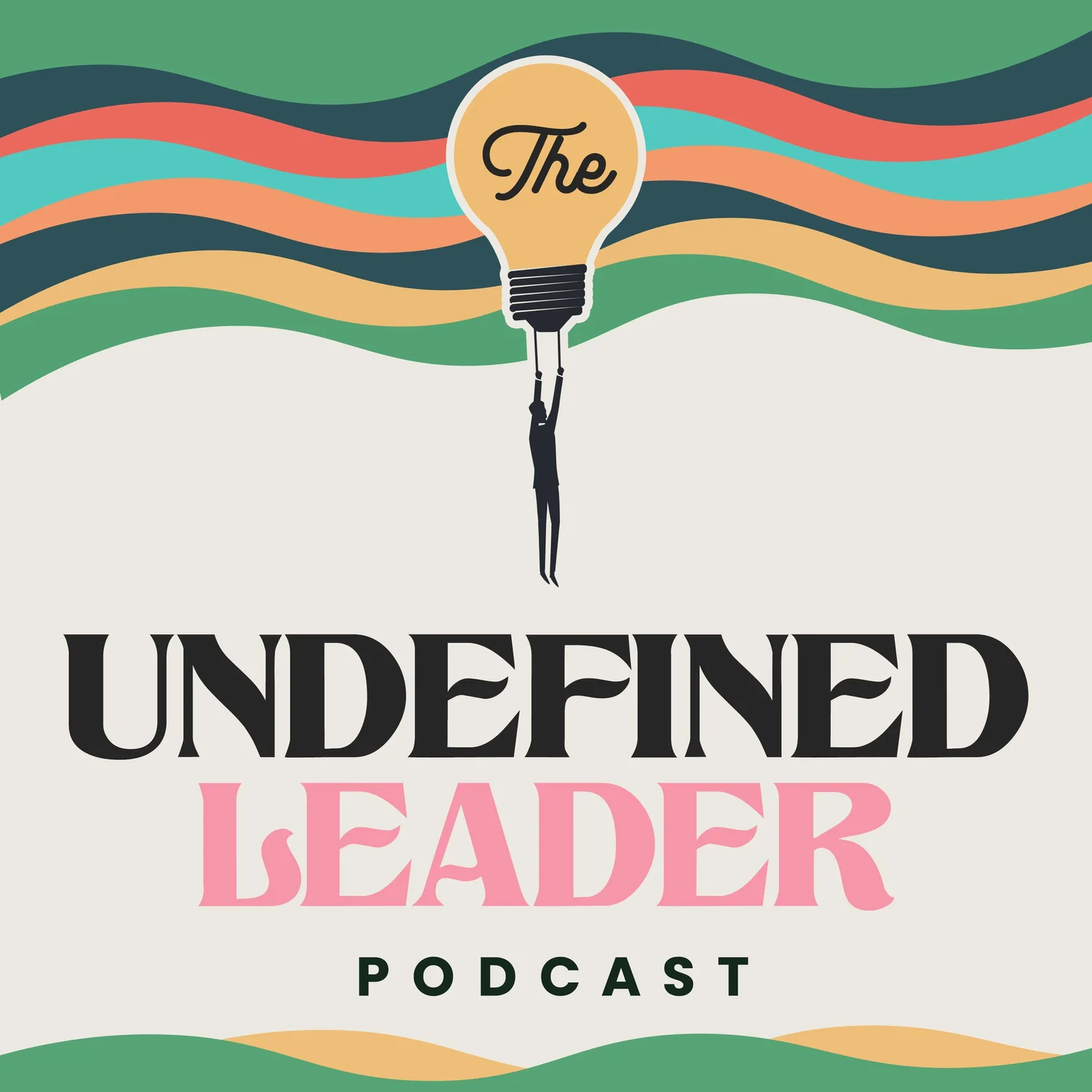Conflict on Your Team? How to Handle It Without Killing Morale
In this The Undefined Leader article, we are curious about managing team conflict. This episode “When Is It Time for Leaders to Intervene in Team Conflicts?” was sparked by a question from our social media followers: “What’s your biggest challenge at work right now?” The overwhelming response? Conflict. Specifically, conflict within the team—where you, the leader, aren’t necessarily involved directly, but still need to figure out how (or if) you should step in.
Below is an expanded look at our conversation, exploring how leaders can approach conflict in a way that supports real solutions without micromanaging (or adding more fuel to the fire).
Why Conflict Isn’t Always a Bad Thing
It’s important to remember:
Conflict Is Inevitable – Any group of people working together will eventually clash over ideas, styles, or personalities.
Healthy Conflict Can Spark Innovation – Debating different approaches often produces more creative outcomes.
Context Matters – Some conflicts resolve themselves without leader intervention, while others quickly destabilize morale and productivity if left unaddressed.
Being a leader doesn’t mean playing “lifeguard” for every argument. But if the disagreement threatens team trust or disrupts deliverables, it might be time to jump in—or at least guide your team toward resolution.
The Thomas-Kilmann Conflict Styles
In prepping for this episode, both of us (Aleks and Derrek) took the Thomas-Kilmann Conflict Mode Instrument. It identifies five approaches to conflict:
Avoiding – Stepping away from or ignoring conflict
Accommodating – Giving in to maintain harmony
Competing – Pushing for a win, often at the other’s expense
Compromising – Seeking a middle ground so each side gains (and loses) a bit
Collaborating – Working together to integrate everyone’s needs fully
Key Insight: No style is inherently “bad.” Each can be useful in different contexts. But self-awareness helps you avoid overusing a single style, leading to unresolved disputes (avoidance) or burnout (collaboration overload).
Our Opposite Results
Derrek: Strong preference for Avoidance (with some Accommodating). Good for preventing minor issues from ballooning. Downside? Some conflicts might need resolution sooner rather than later.
Aleks: Strong preference for Collaboration (with some Compromise). Great for building trust and digging into problems. Downside? It’s time- and energy-intensive.
Should You Get Involved in Every Team Conflict?
1. Assess the Impact
Does it affect critical goals or team morale? If the dispute is trivial and won’t affect outcomes, consider giving employees space to sort it out themselves (especially if they’re seasoned or you suspect it might blow over).
Is it a recurring issue that undermines trust or performance? Stepping in proactively can prevent a small spark from growing into a morale-destroying wildfire.
2. Know Your Style and When It Helps—or Hurts
Avoiders: You excel at conflict prevention, but be careful not to let issues fester if they really need addressing.
Collaborators: You’re great at in-depth problem-solving, but watch for burnout or trying to “force” people into lengthy discussions they find uncomfortable or unnecessary.
Competitors/Accommodators/Compromisers: Each has its place! Stay self-aware. Ask if your go-to style is the best fit for the specific conflict.
3. Coach, Don’t Solve (Most of the Time)
If team members come to you about a clash, resist the urge to “fix” it for them.
Ask questions: “What do you want to do about it?” or “What’s your desired outcome?”
Encourage them to address it directly—unless it’s unsafe, unethical, or affecting broader team functioning.
So, What Does Healthy Intervention Look Like?
Focus on Prevention
Hire for aligned values; clarify team norms on communication and respect.
Reinforce mutual goals and shared vision to keep everyone on the same page.
Encourage Self-Resolution First
Provide employees with guidelines or training on giving feedback, active listening, and conflict resolution.
Model emotional intelligence: if they see you calmly addressing issues, they’re more likely to emulate it.
Facilitate a Dialogue When Needed
If the conflict lingers, set up a structured conversation.
As a leader, ask open-ended questions, not to micromanage but to help each party articulate concerns and find common ground.
Establish Boundaries
For serious or recurring conflicts, clarify which behaviors are non-negotiable.
If someone consistently violates core values (like respect or honesty), it goes beyond conflict mediation—performance or HR steps might be necessary.
Use the Thomas-Kilmann Styles Strategically
Avoid: Minor tiffs or “tempests in a teapot” might solve themselves.
Accommodate: If the issue is trivial to you but crucial to them, let them “win.”
Compete: Rarely used, but can be effective when quick, decisive action is essential (e.g., ethical violations).
Compromise: Great for middle-ground solutions under time pressure.
Collaborate: Ideal for complex, high-stakes issues where lasting unity matters.
Real Talk: Conflict Doesn’t Equal Failure
Remember, conflict is unavoidable in any functioning team. The key is setting up an environment where disagreements are tackled constructively, not ignored or inflamed by micromanagement. Leaders who handle conflict well—and help their teams do the same—ultimately create stronger, more resilient organizations.
Listen to the Full Episode
On the full podcast episode, we delve deeper into:
How Aleks’s collaborator style can lead to better trust—but at the cost of more energy
Why Derrek’s avoider style helps him dodge unnecessary drama—yet risks letting issues simmer
Techniques for assessing whether you should jump in or empower your team to resolve conflict themselves
Subscribe to The Undefined Leader on your favorite podcast platform, and follow us on Instagram @undefinedleader for more behind-the-scenes insights, leadership tips, and upcoming episodes. Have your own conflict “aha!” moment or a story on what worked (or didn’t)? Drop a comment or DM!
Remember: Great teams aren’t conflict-free; they’re just skilled at navigating disagreements in ways that bring out the best in everyone.
